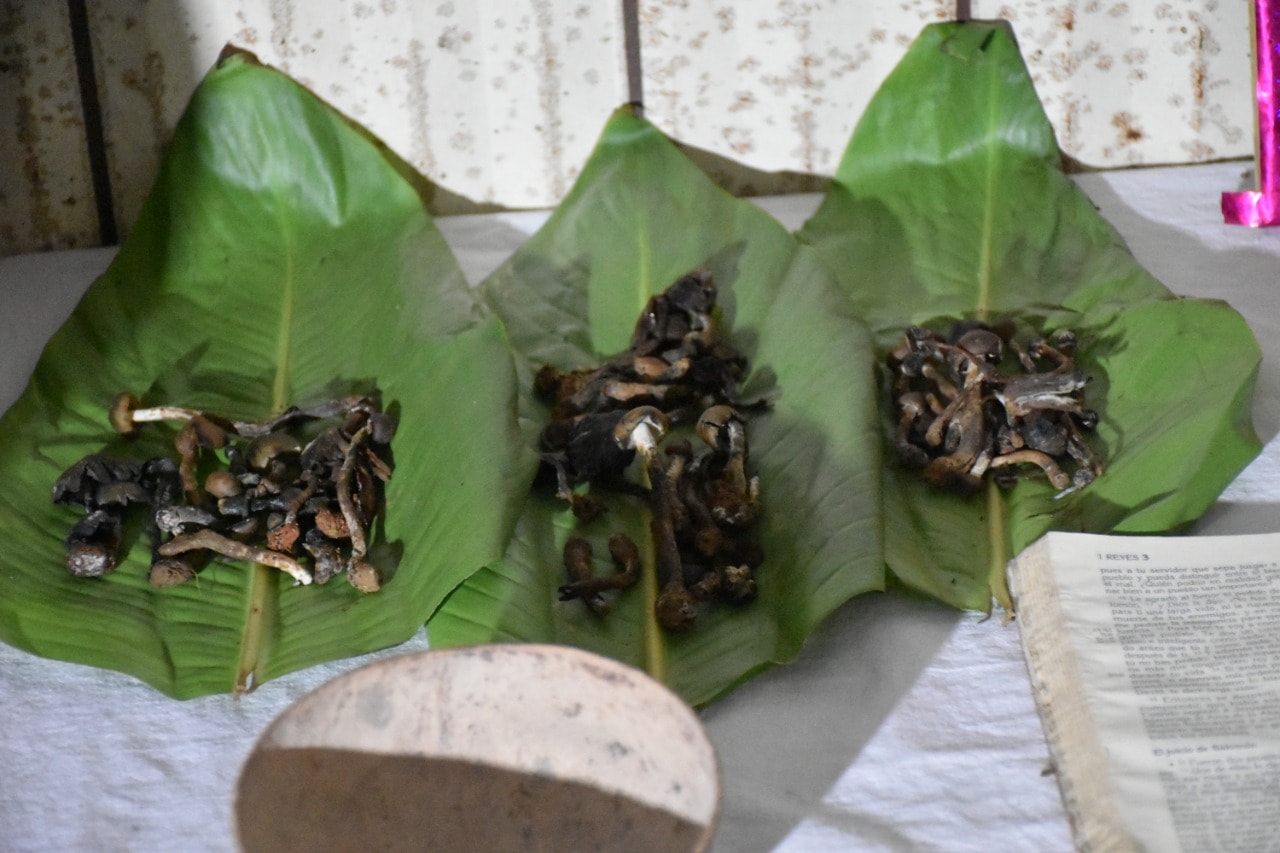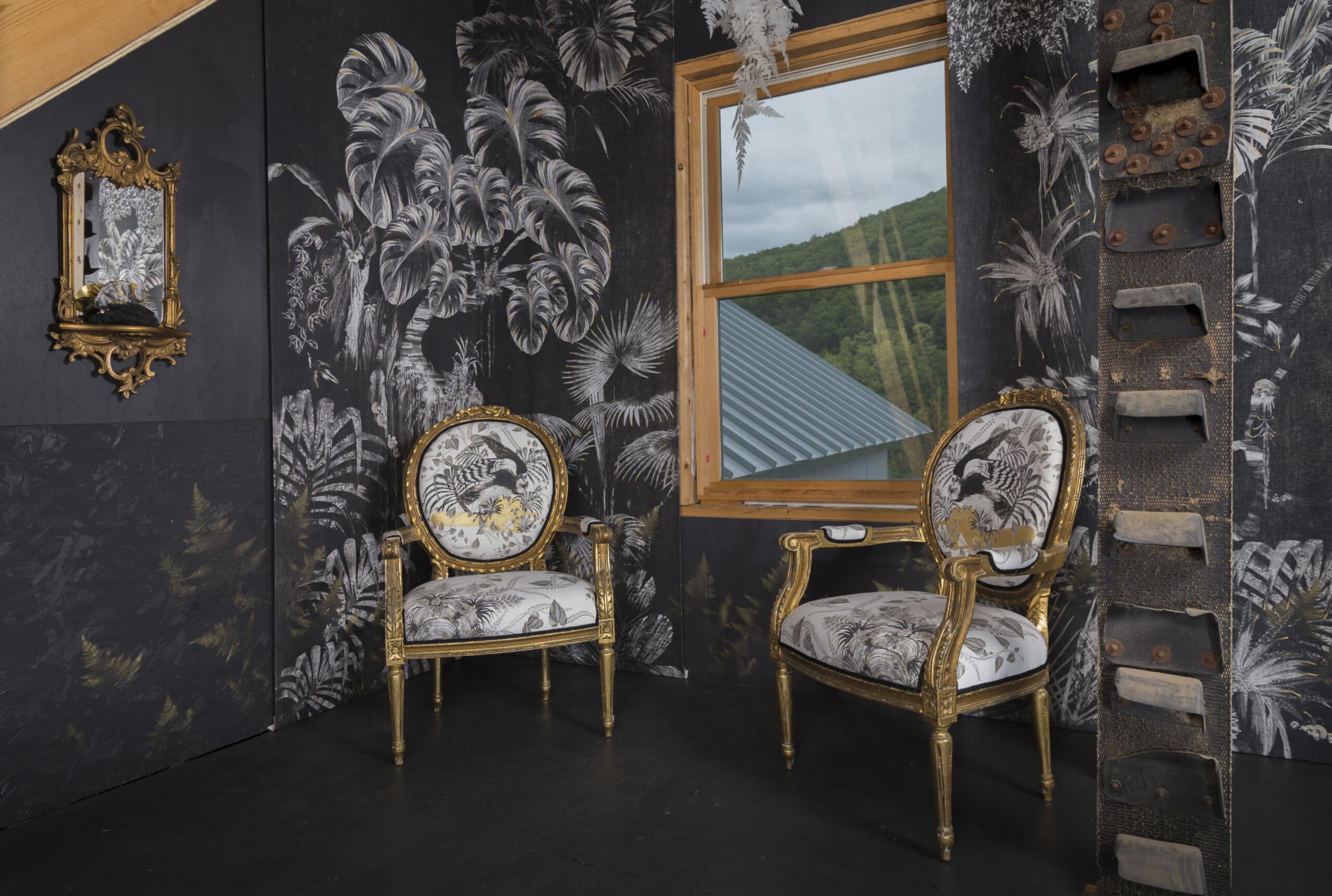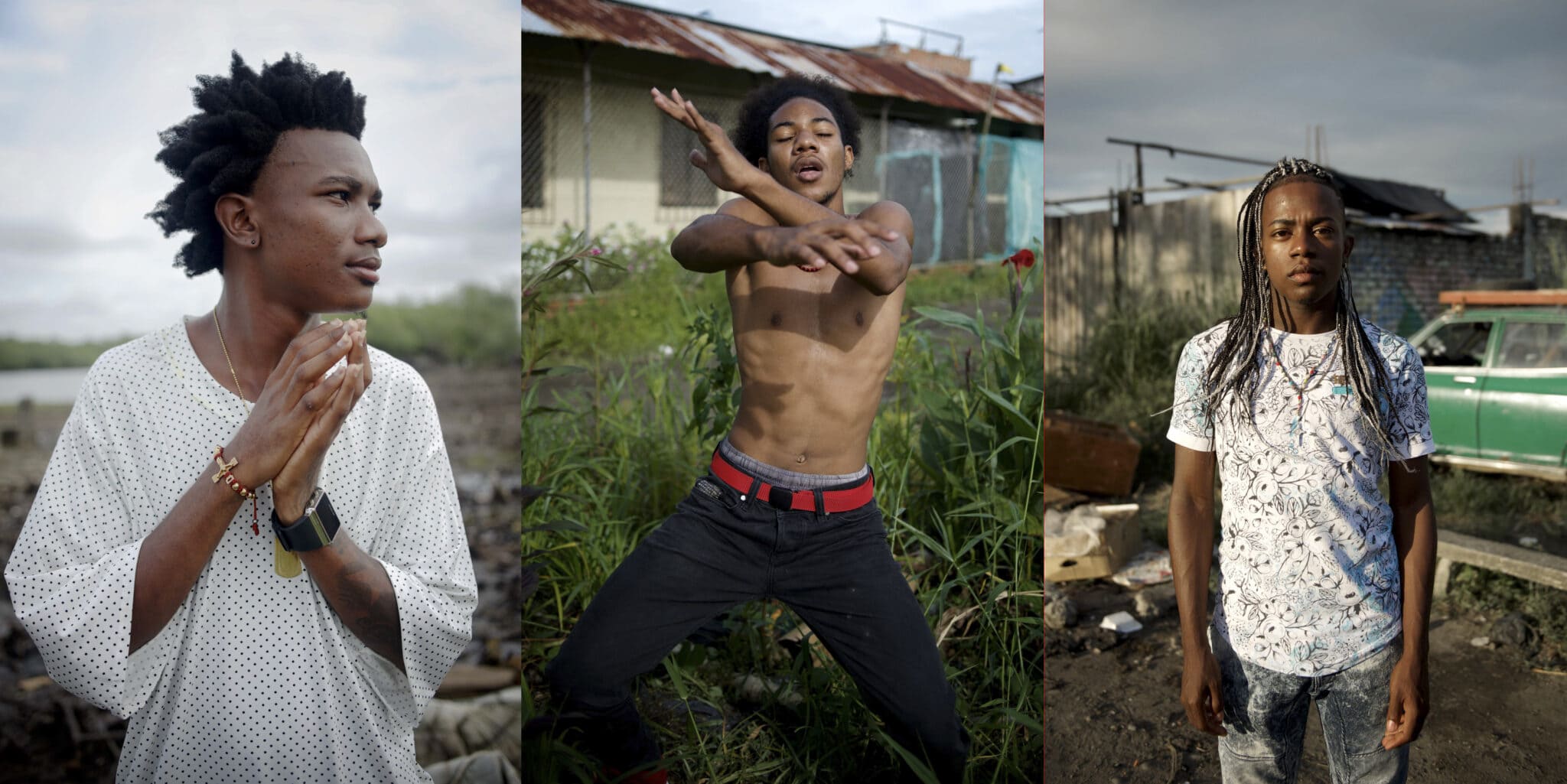
After a career closer to documentary filmmaking, Carolina Navas began a personal project: Nos Miran. To do so, she returned to Tumaco, a coastal city in southern Colombia, with which she has a family connection. There she portrayed a group of young Afro-descendants who use dance as a way to resist the violence of the war on drugs.
By Marcela Vallejo
When photographer Carolina Navas was beginning her tours along the coast of Tumaco while looking for stories of young Afro-descendants, she found a scene that her lens captured immediately: a girl and a boy between 15 and 17 years old sitting on a log, their feet lost in the grass, their gazes straight at the camera, they look at us, they have red T-shirts with urban music aesthetics, the two stand out among the green plants in the background. “They looked like flowers,” recalls the Colombian artist. She didn’t talk to them much. Then she learned that they were sweethearts and were there to attend the tribute to the victims of the armed conflict, which Navas was also recording in April 2016. That image was the trigger for all those that would follow. The pictures that would almost immediately become the project Nos Miran.
Navas trained as a social communicator and her career links to film and television. At university, her photography teacher was Lucho Hernández, someone with a strong interest in classical photographic technique, he trained unconventional photographers such as Juanita Escobar and Juan Arias and Colombian film directors such as Mateo Guzmán, Juan Carlos Gil, Diego Jimenez, and Sofía Oggioni.
With Nos Miran, Carolina Navas received this year’s award from the Women’s International League for Peace and Freedom on the theme of alternative and militarized masculinities. In Tumaco, in southern Colombia by the Pacific Ocean, Navas met a group of young dancers, all men, who, in a context of war and drug trafficking, and informal employment reaching 70%, decided to dance: to use their bodies and the strength of their personal stories to make art. For the photographer, they are like flowers that have sprouted in a rugged land, where one of the most significant labor aspirations is to sell cell phone chips. Despite being direct victims of the war on drugs, they have taught Carolina lessons of self-love, strength, and resilience, but also of incredible beauty and vulnerability.
You have been closer to film and television. What led you to photography?I studied Social Communication at the Universidad del Valle, where the emphasis was linked to audiovisual, and the photography component was always important. From there, I got involved with still photography. I did a lot of still photography for documentaries. I was a photographer for La Palabra, the Universidad del Valle’s newspaper, and I took pictures of rock bands. It took me a long time to start a complete project, I had just turned 44 years old, and I didn’t have many references around me of women working in photography. I also worked for a long time in television, film, and advertising.
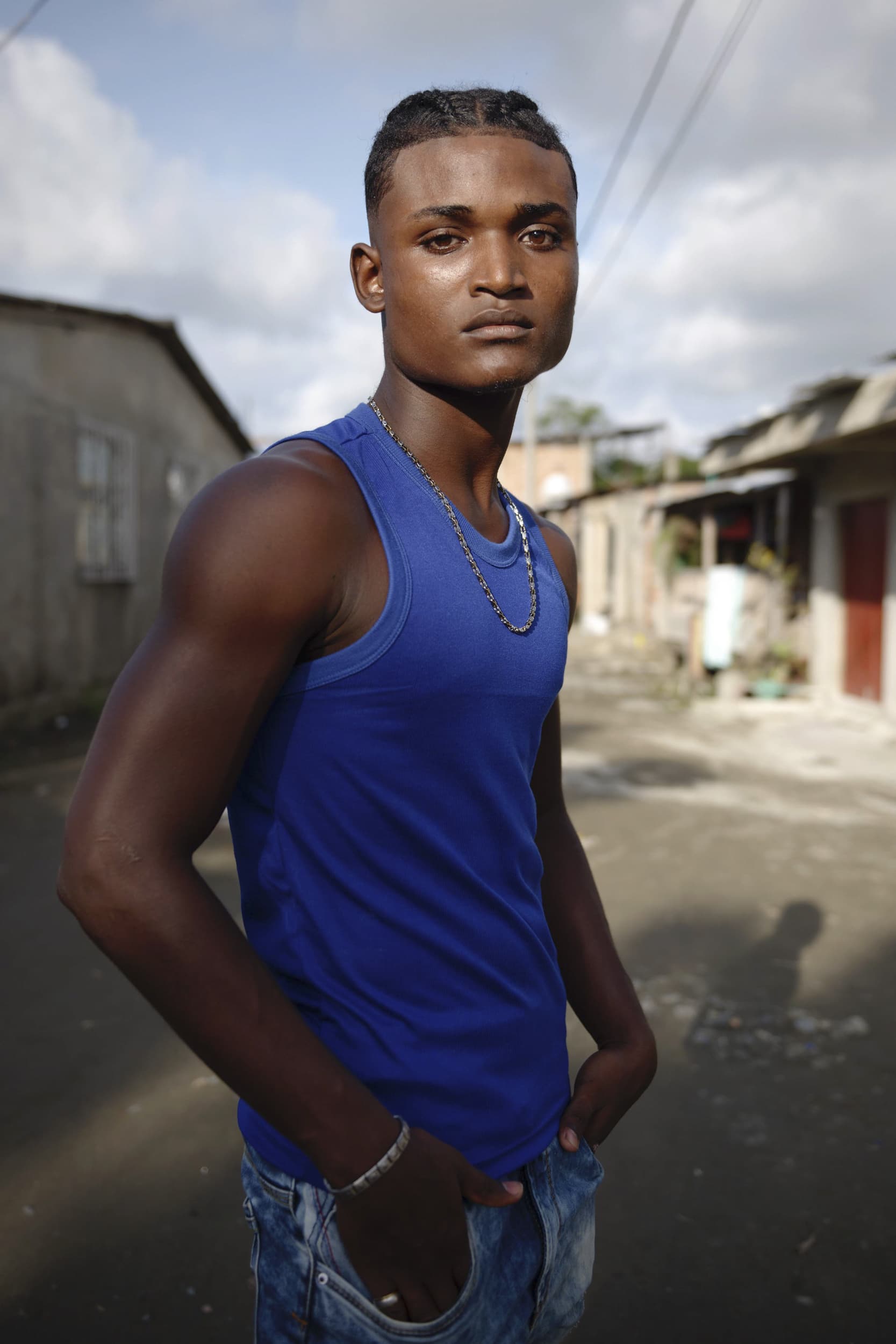
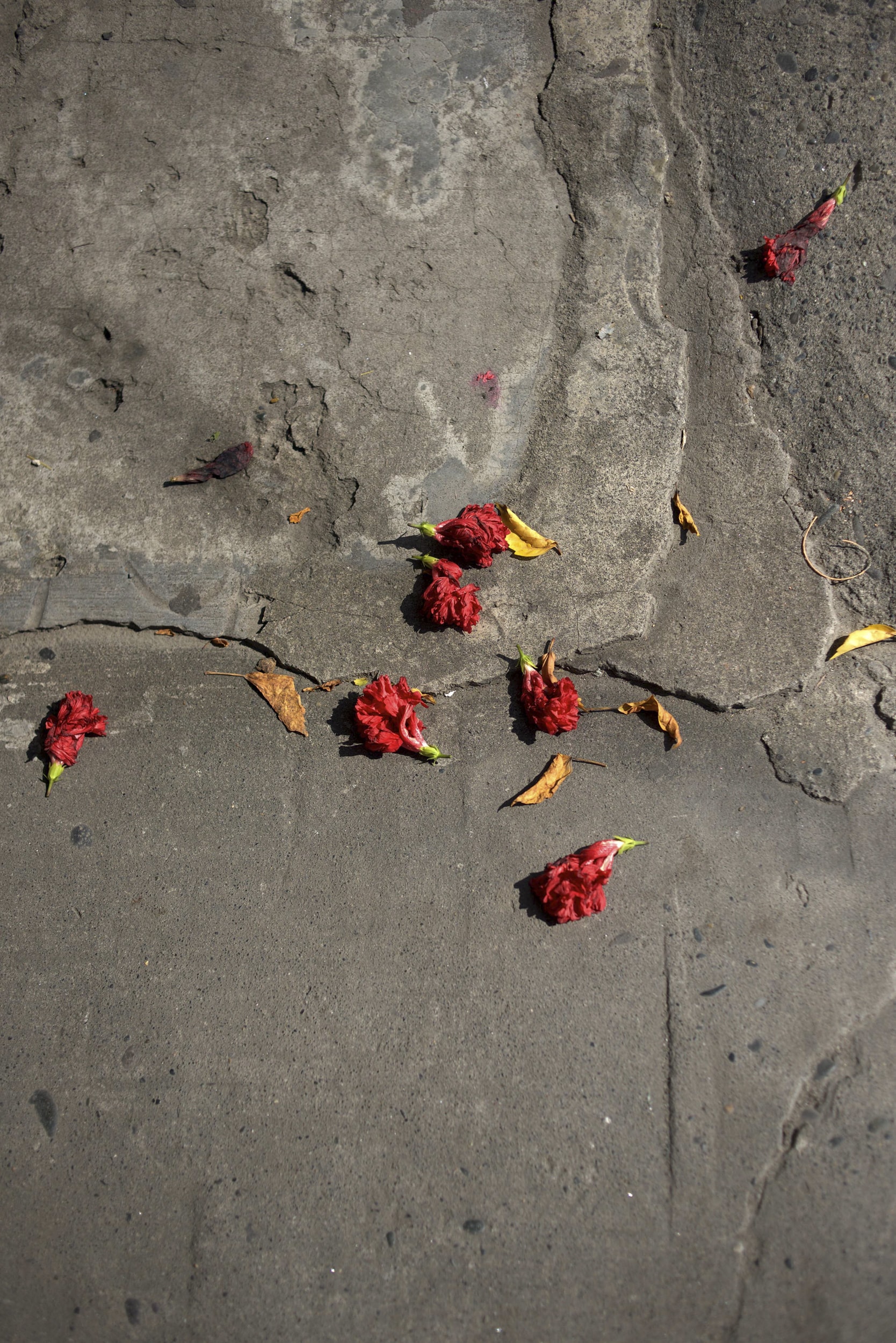
A few years later, it was in the Croma workshops (coordinated by Jorge Panchoaga, Santiago Jaramillo, and Zully Sotelo) that I began to see photography differently. And in one of those workshops, the impulse to tell my own story appeared.
It was a time of photography enthusiasm in Colombia, and I began to meet many people working in this field. Undoubtedly, one of my most important moments was participating in Campamento 20 Fotógrafos in Tlacotlalpán. There I met Claudi Carreras, I showed him what I had started to do and he gave me some suggestions to follow.
With the project Nos Miran you have just received the Mujeres por la Paz y la Libertad Award. Why did you choose Tumaco?
That Croma workshop was the trigger. I had just arrived from Buenos Aires, lived there for a while, and studied film photography. I started to search, think and remember images that had always interested me, and I came to jazz photos, especially those taken by William Claxton. What I liked most about those images were their Afro presence and beauty. I remember thinking that I had never seen anything like that here.
At that time, he had also just made Fullachede, a documentary about salsa choke dancers in Cali, in the Aguablanca District. In it, there was also the whole Afro presence and its strength. That documentary allowed me to explore an area of Cali I didn’t know.
When looking for a thread, I remembered Tumaco, a city with which I have a powerful bond because my paternal family lives there. I spent my vacations in my grandmother’s hotel when I was a child. Although my bond was with that place and the people who came, I deeply affectionate the city.
All of that led me to Tumaco. The first thing I did was to contact the organizers of a dance contest. I offered to collaborate and a prize in photos for the winners. It didn’t go so well, but that’s how I started making contacts. Among the people I met was Diana Cortes, the director, and choreographer of Pacific Dance. Through her, I began to get in touch with the guys I later portrayed. At that moment, everything was very intuitive.
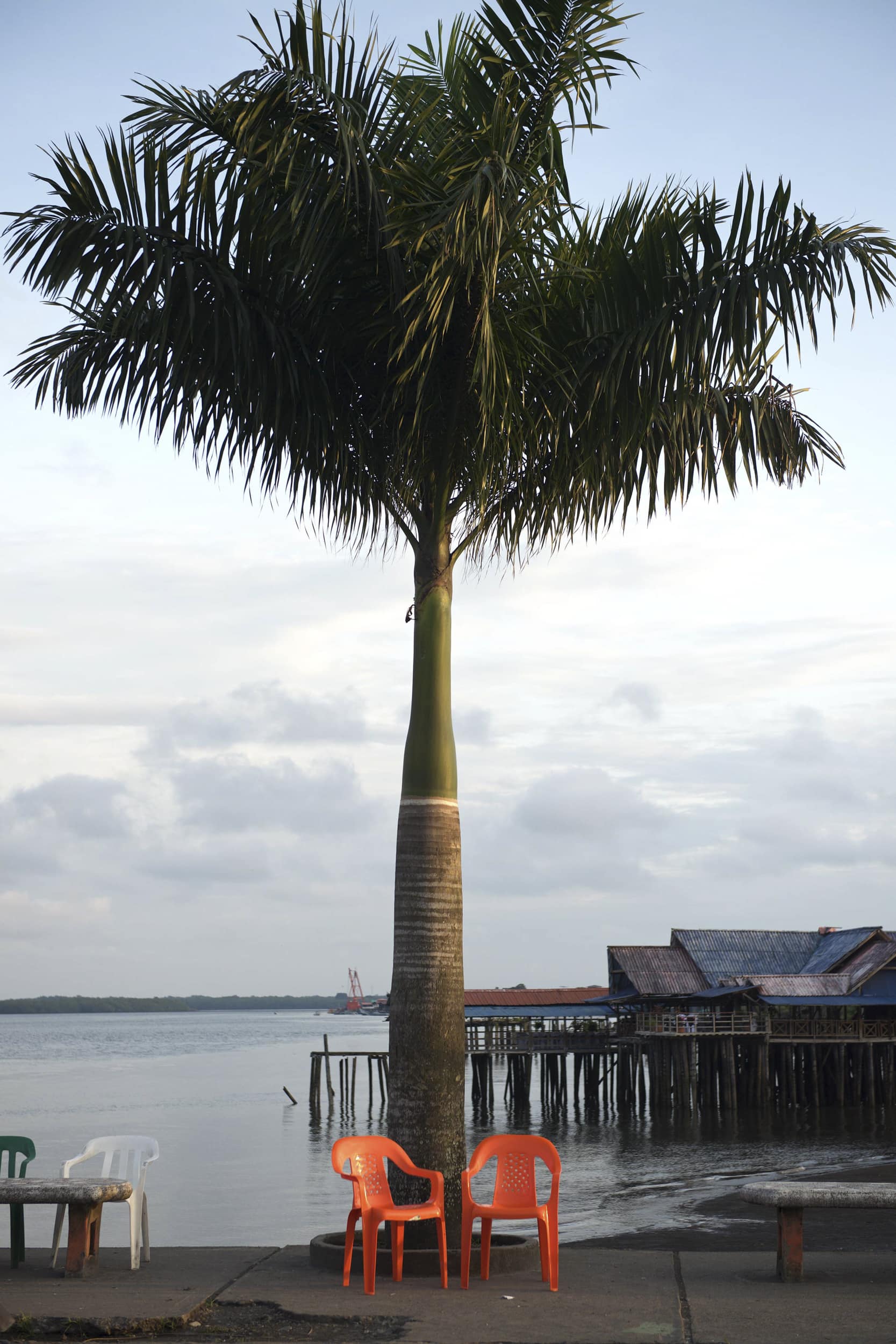
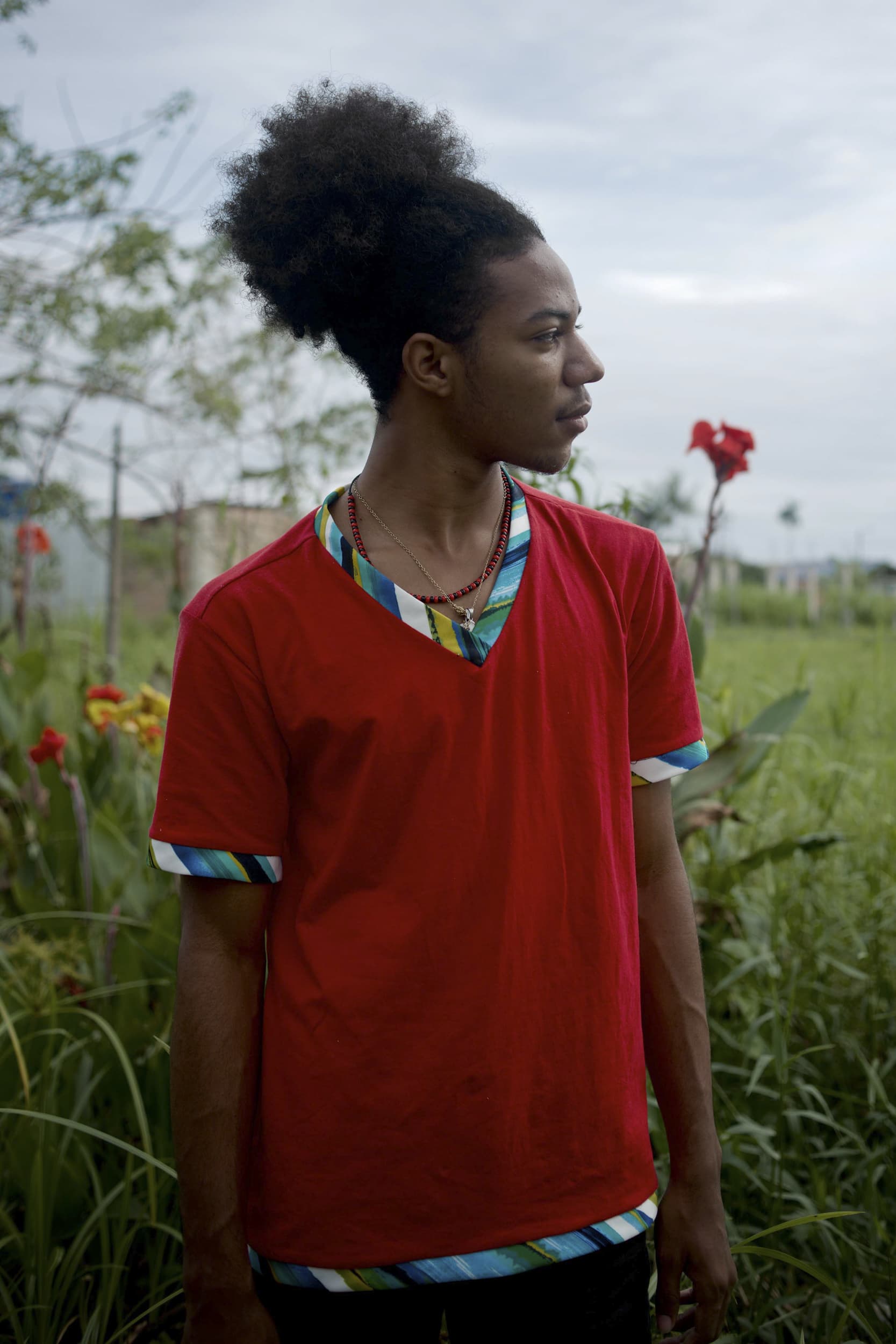
The text of the virtual exhibition says: “I am interested in portraying young people from Tumaco who live in two worlds: the complex rural world of the Colombian Pacific coast and the eclecticism of a globalized world”. How did you define the story you wanted to tell?
When I was thinking about the images of the Afro I mentioned before, I thought a lot about the prejudices around the Afro, those ideas that they are dirty abandoned people. Things that one has heard in Cali become a big thing. When I thought about those prejudices versus what I saw, I couldn’t find where those ideas came from.
So I started to look for ways to see and show the deepest part of beauty, dignity. I was very interested in aesthetics, neatness, and strength. At first, I wanted to portray young women and men. But eventually, I ended up working only with men. I always felt that they all had great inner and physical strength. They are all artists: dancers and musicians. The power of their hope always struck me. For me, that was like a lesson: hope and that they believe so much in what they do. They are very disciplined and rigorous with their practice, they rehearse several hours a day.
In addition to strength, I also wanted to portray delicacy. That contrast wildly struck me. I felt that they were like flowers that sprout thanks to an inner strength that overcomes that land that has no food and does not nourish. That’s why the project is portraits that are combined with some context images. And I try to make the latter metaphorical. I like to play with the idea of the “wrong place,” creating a dialogue with what is born where there is nothing.
What challenges did you face in developing this project?
Tumaco is not easy. It is now in the middle of the war against drug trafficking. I started the project after the peace accords with the FARC signing, and I worked in a period like a small window to peace. Now the whole situation is quite tricky. Tumaco, until recently, was the municipality with the most coca crops in Colombia, in addition to being one of the largest ports of departure for cocaine. When I took the photos I worked in two different neighborhoods, but with very similar characteristics of poverty and marginality: La Ciudadela and Nuevo Milenio. I made contacts through the German missionary Uli Purrer in one of them. I tried to return recently, but they told me it was better to wait.
Besides, I portrayed a specific moment in the life of these young people, now most of them have children and some of them have left Tumaco.
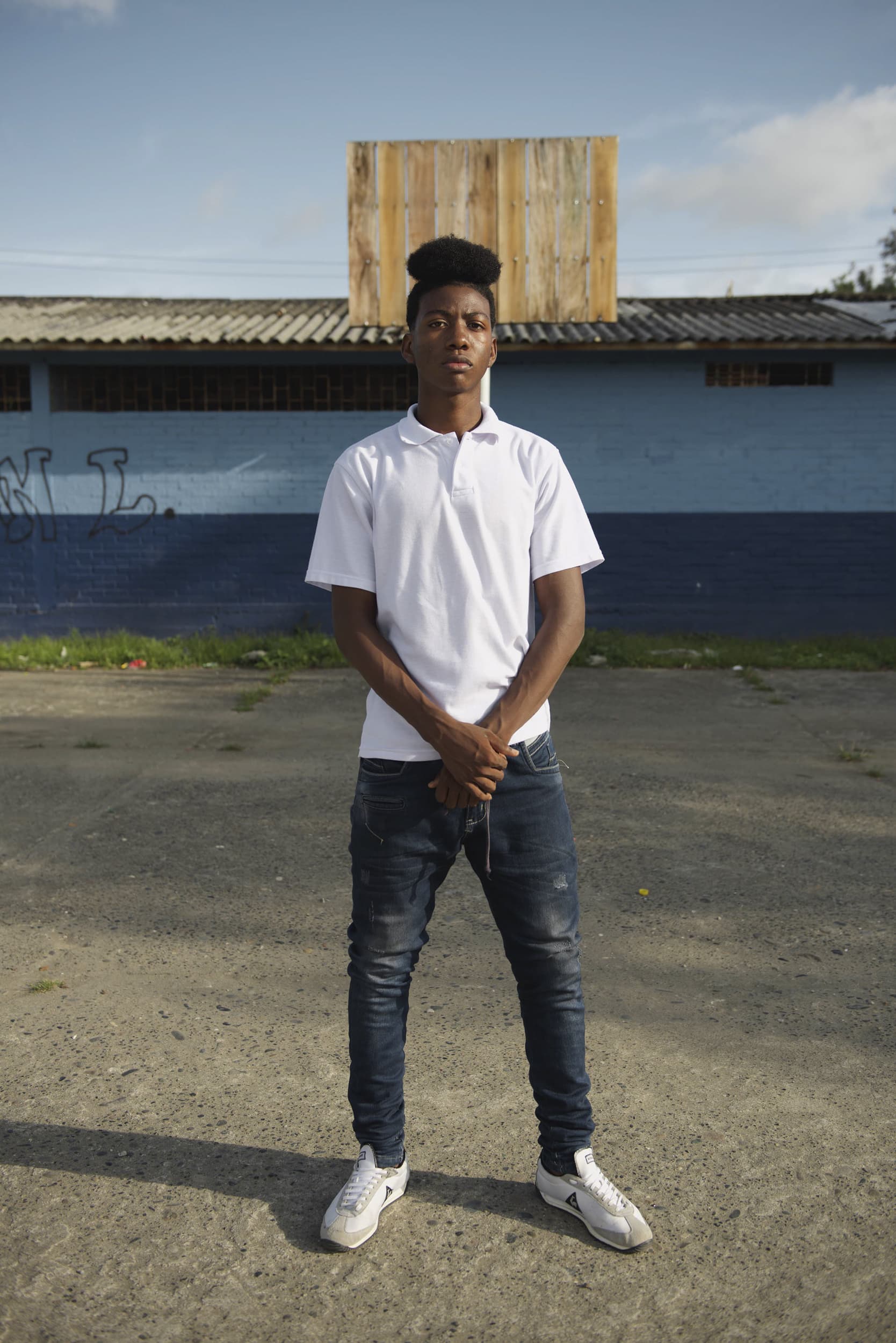
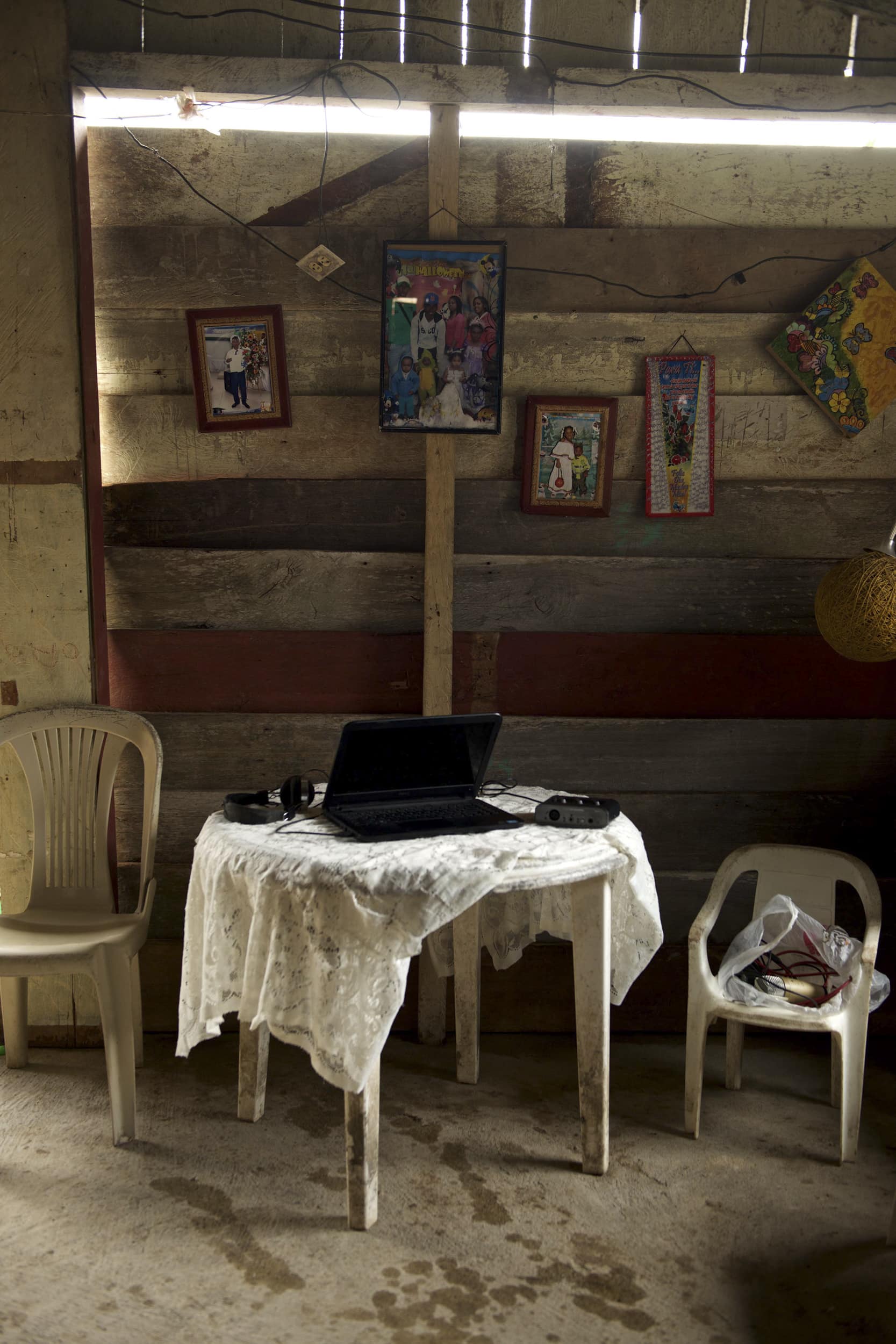
There is a lot of discussion about who are usually the photographers and who are the photographed. And there is a lot of criticism about taking pictures of black people. How do you deal with that debate?
I have thought a lot about it. The discussions around the decolonization of the gaze have made me question myself a lot. I am not Afro, and I do not pretend to be the voice of anyone nor speak on behalf of anyone, but like everyone else, I have a relationship with the world around me, and I want to tell what I see. When I returned from Argentina, I discovered a strong relationship with the Afro in Cali, my city, and in my personal history. I decided to tell what I saw.
One of the things I found on my return to the country was the strength that Afro had taken in many aspects. Now we have Francia Marquez as vice-president, thanks to all this movement. We increasingly see Afro photographers who decide to tell their own stories. And all this allows us to nurture this reflection on how far we can go.
For me, the active participation of the young people and building a relationship of trust were significant. When we did the portraits, we would meet between 4:30 and 5 in the afternoon, the time of light I like the most in Tumaco. We would make an appointment, they would choose their clothes, and we would walk around the neighborhood where each of us lived. They would select a place they liked, and we would take pictures there.
Nos Miran is a name that questions the viewer. Why is your project called that?
In most of the portraits, the boys look directly at the camera. I like that in two ways. First, I feel that that gaze confronts the viewer; on the other hand, it says, “here I am.” It is an awareness of the camera, and it has a powerful gesture of dignity. It is as if it were saying: “I am aware of you, and you are aware of me. I am looking you in the eye”. For me, it was fundamental to say: these kids are here. They exist in this place that only mentions violence and drug trafficking. These people are another life.

